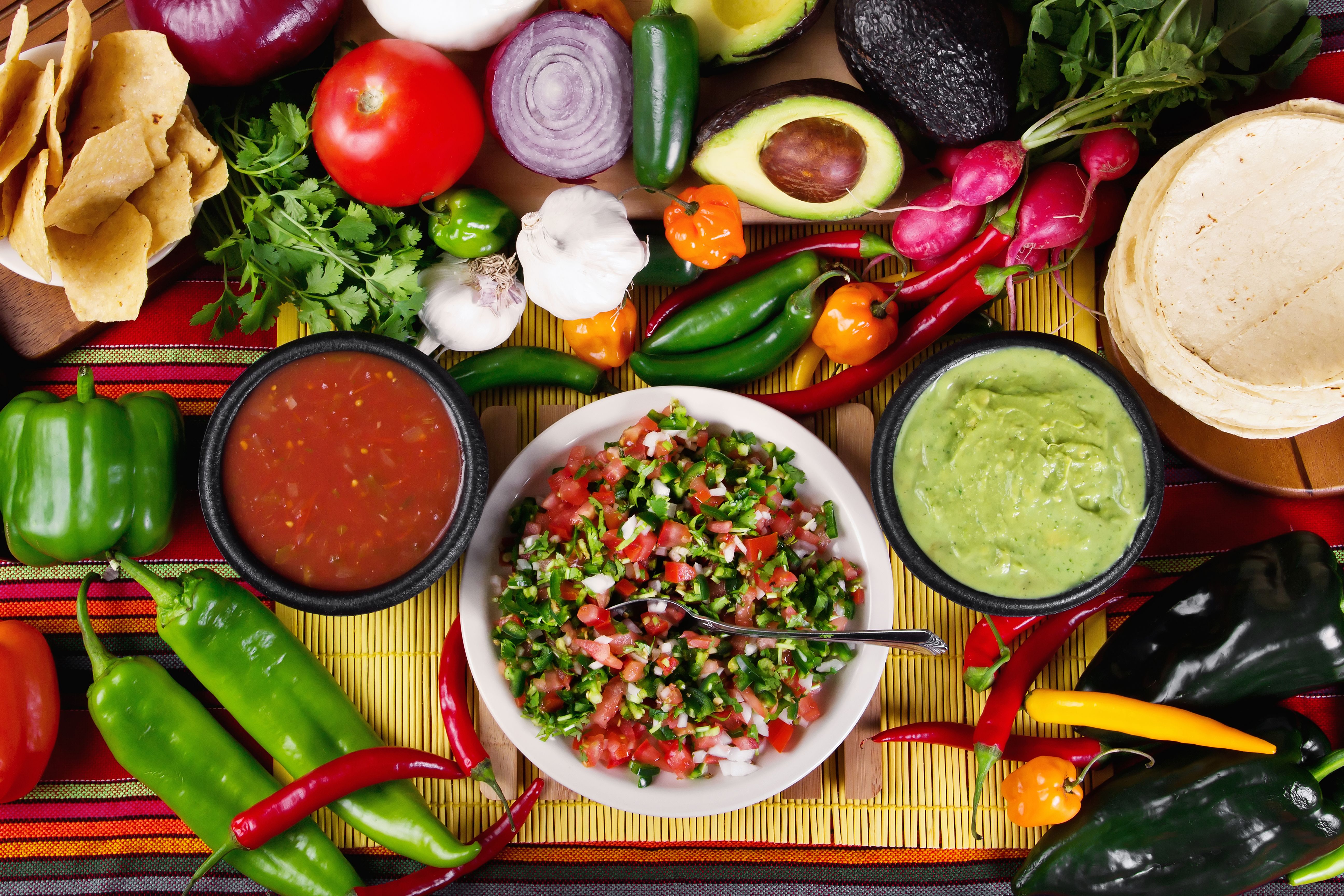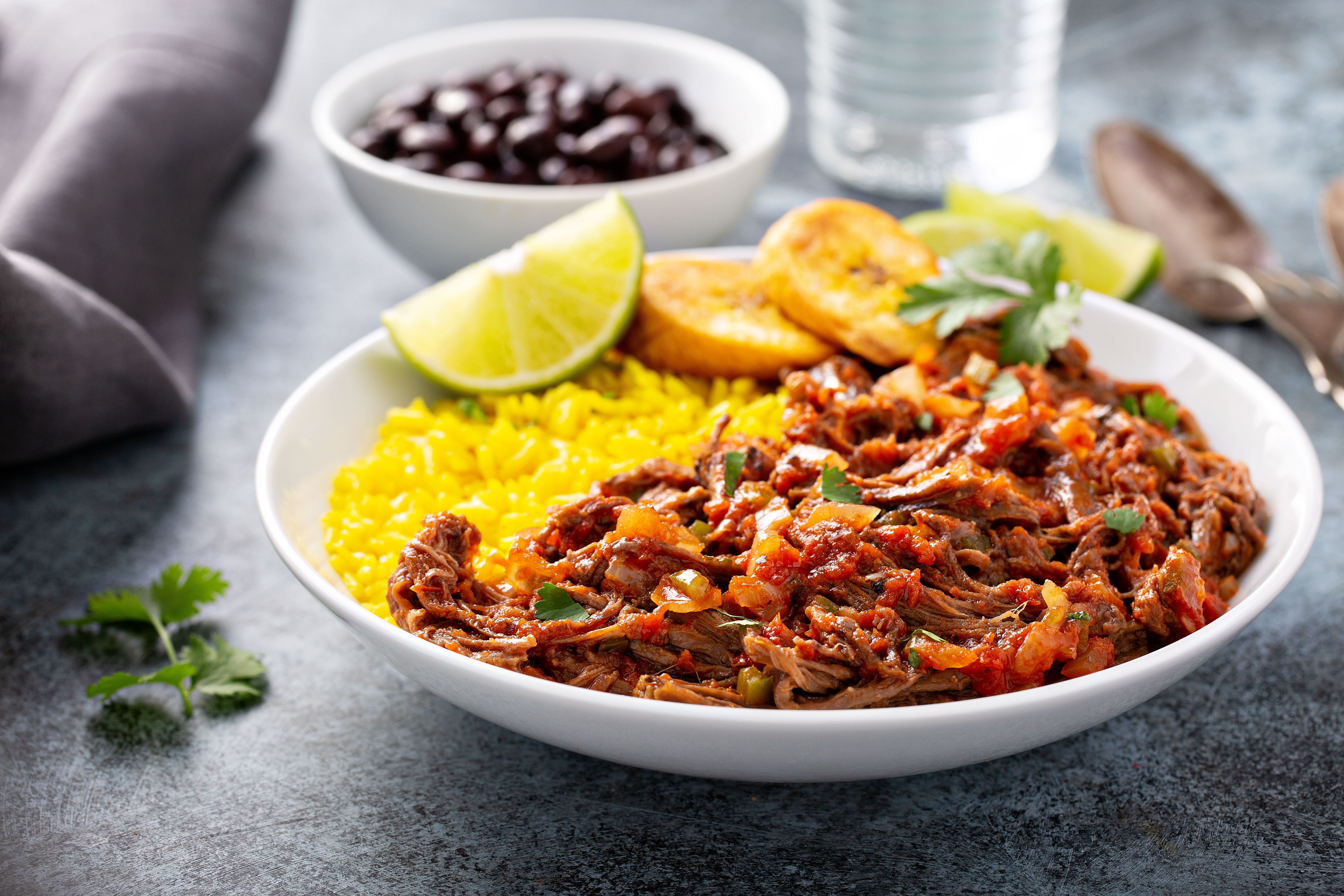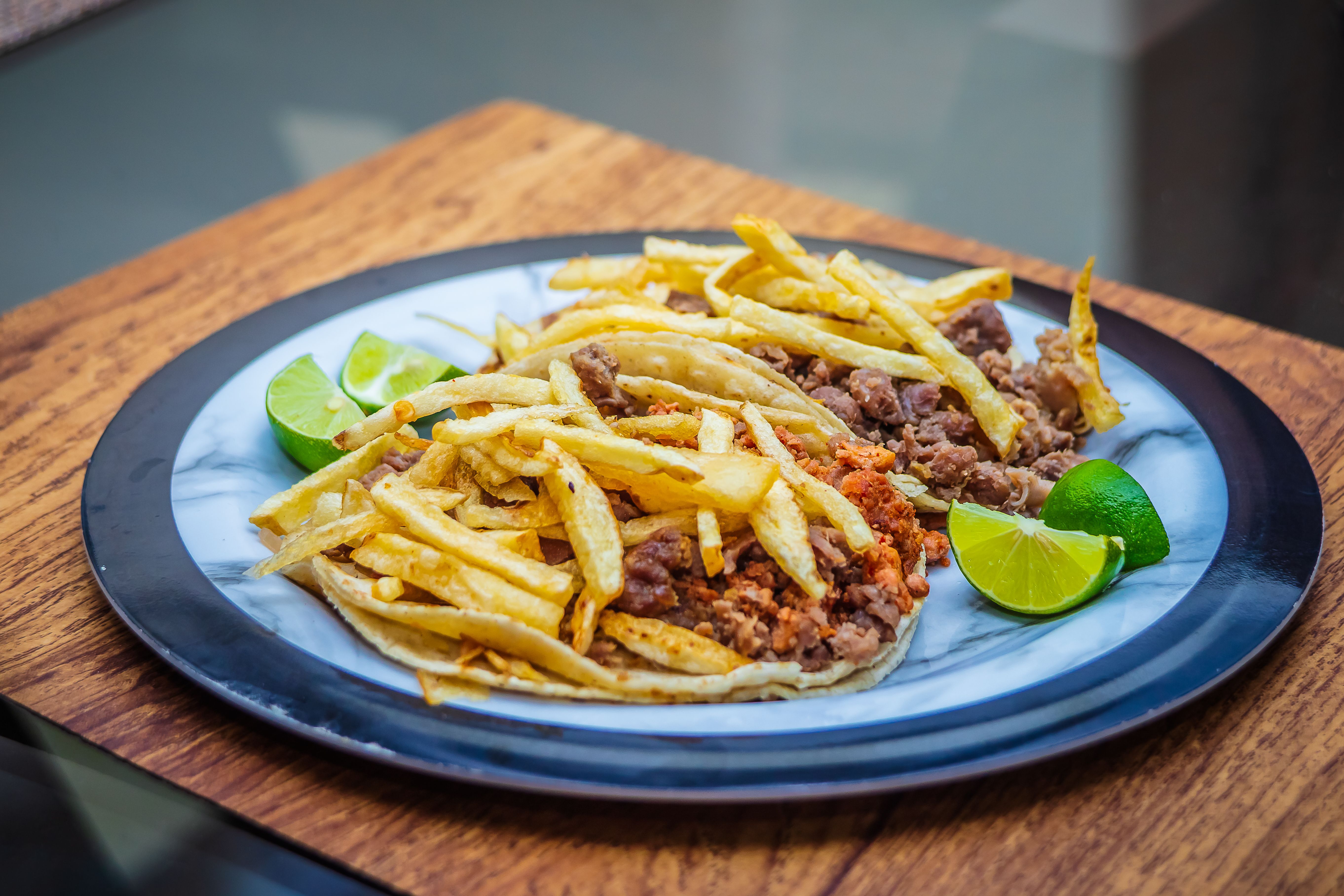The Rich Flavors of Latin Cuisine
Discovering the Diversity of Latin Cuisine
Latin cuisine is a vibrant tapestry of flavors, colors, and textures that reflects the diverse cultures and histories of Latin America. From spicy Mexican tacos to the savory Argentine asado, each dish tells a story of its region's traditions and ingredients. The beauty of Latin cuisine lies in its ability to bring people together, offering a shared experience through food.

The Importance of Ingredients
The foundation of Latin cuisine is its ingredients. Many dishes feature staples like corn, beans, rice, and a variety of fresh vegetables. These ingredients are often locally sourced, allowing each region to put its unique spin on traditional recipes. For instance, the use of corn in Mexican tortillas or the inclusion of plantains in Caribbean dishes highlights the adaptability and resourcefulness of Latin American cultures.
Spices play a crucial role in Latin cuisine, adding depth and complexity to each dish. The use of spices like cumin, coriander, and chili peppers is not just about heat but also about enhancing flavors. These spices can transform simple ingredients into mouthwatering meals that captivate the senses and leave lasting impressions.
Iconic Dishes Across Latin America
Latin America is home to many iconic dishes that have gained global recognition. Each country boasts its own signature flavors and cooking techniques, making every meal an opportunity for culinary exploration. Here are some standout dishes to try:
- Mexican Tacos: A beloved street food, tacos are versatile and packed with flavor, featuring fillings like marinated meats, fresh salsa, and creamy avocado.
- Peruvian Ceviche: A refreshing dish made with fresh fish marinated in citrus juices, often served with onions, cilantro, and sweet potatoes.
- Brazilian Feijoada: A hearty stew of black beans and various meats, traditionally served with rice and collard greens.

The Influence of Culture and History
The rich flavors of Latin cuisine are deeply intertwined with the region's cultural and historical influences. Indigenous traditions, European colonization, African heritage, and Asian immigration have all contributed to shaping the culinary landscape. This blend of influences is evident in dishes like Cuban ropa vieja or Chilean empanadas, where different culinary techniques and ingredients are combined to create something uniquely Latin American.
The celebration of food is an integral part of Latin culture. Festivals and family gatherings often revolve around elaborate meals that showcase the best of what each region has to offer. These events are not just about eating but also about preserving cultural heritage and passing down traditions through generations.
Embracing the Future of Latin Cuisine
As Latin cuisine continues to gain popularity worldwide, chefs are finding innovative ways to blend tradition with modernity. Contemporary Latin chefs are reimagining classic dishes by incorporating new techniques and ingredients while staying true to their roots. This fusion of old and new is breathing fresh life into Latin cuisine, making it more accessible to a global audience.

The future of Latin cuisine is bright, with a growing appreciation for its complexity and diversity. Whether you're a seasoned foodie or new to the flavors of Latin America, there is always something new to discover. So, embark on a culinary journey through Latin America and savor the rich flavors that define this vibrant and dynamic cuisine.
Commercial Kitchen http://avice.org
